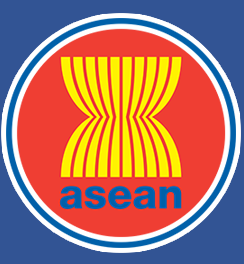ASEAN Journal on Science and Technology for Development
Abstract
Having a clear understanding on the phase distribution of gas-liquid two-phase flow through elbow bends is vital in mixing and separation system designs. This paper presents the computational fluid dynamics (CFD) simulations and experimental observations of gas-liquid two-phase flow pattern characteristic through a vertical to horizontal right angled (90°) elbow. Experimental observations were conducted in a transparent test section that consisted of a vertical pipe, elbow bend and horizontal pipe with an inside diameter of 0.036 m. The CFD simulations were performed by using a computer software package, FLUENT 6.2. Bubbly flow conditions were created in the vertical test section with the variation of superficial liquid Reynolds number from 13 497 to 49 488 and volumetric gas quality from 0.05 to 0.2. The CFD results showed a good agreement with experimental results in the following observations. The results showed that gas-liquid flow pattern inside and downstream of the elbow bend mainly depended on liquid velocity and it is also influenced by gas quality at high liquid velocities. At lower liquid velocities, gas-liquid separation began early in the elbow bend and gas-phase migrated to outer bend. Then, it smoothly transformed to stratified flow at elbow outlet. When the liquid velocity was further increased, the liquid phase occupied the outer bend rubbing the gas phase to the inner bend and delayed the formation of gas layer in the horizontal pipe. The increase of gas quality in higher liquid velocities promoted gas core formation at the elbow exit and caused wavy gas layers at the downstream of the elbow.
Publication Date
12-18-2017
Recommended Citation
Z., Aung N. and T., Yuwono
(2017)
"Computational Fluid Dynamics Simulations of Gas-liquid Two-phase Flow Characteristics through a Vertical to Horizontal Right Angled Elbow,"
ASEAN Journal on Science and Technology for Development: Vol. 30:
No.
1, Article 8.
DOI: https://doi.org/10.29037/ajstd.344
Available at:
https://ajstd.ubd.edu.bn/journal/vol30/iss1/8

